When putting together compelling tender submissions, your persuasive content comes from an ability to provide evidence of success in a way that excites the reader.
Remarkable case studies, people stories, CSRD successes including ESG and financial stability will, of course, add to your chances of winning new business but how much attention have you paid to your brand recognition in this process?
What is brand equity and why does it matter?
It has long been recognised by financial directors and marketers that brand equity is difficult to quantify, however, metrics such as improved profit margins and increased market share can provide some comfort as to whether your business is succeeding through its brand recognition and reputation.
Brand equity is the value that a recognisable brand name brings to your business. As your business increases its market share, brands can pull in new work more easily. In my experience of over 30 years, business-to-business organisations that are recognised tend to do better in winning tender submissions. It is not unusual for unknown brands to win tenders submissions, be it on price or an excellent tender presentation team, but when in a situation where there is no human interaction, it is highly unlikely that a brand will win over a brand that is more recognised. You have heard the phrase ‘no one got sacked for appointing IBM’- meaning that trust is a critical part of decision making and when there is no evidence of success or reputation, trust cannot exist.
What do you need to consider when building brand equity?
Build greater awareness of your brand. This means ensuring consistency in your visual identity across all media and marketing communications; evidence of excellent customer service through case studies and endorsements; telling stories that create an emotional bond with your brand; keep front of mind with your customers and contacts through newsletters, social media, traditional media and the most powerful of all – ‘word of mouth’.
Name recognition. If a potential buyer hasn’t seen your name before, they are generally going to find it difficult to associate with your brand. Attending exhibitions and events, taking out appropriate sponsorships, entering awards, and using effective signage are just a few examples to help boost brand recognition. In a business-to-business environment, people are also deemed as an important part of building trust – good people, spreading the word about your brand name will add incredible value.
Regular communication on what your brand stands for is also important. Bringing out the culture of your brand to your audiences helps to build trust. Telling stories of your brand’s successes will help to build an emotional tie.
Perception and reputation are critical to your brand’s success. Client endorsements are a crucial part of this element. Whether this is Google and other online reviews or endorsements that can be shared online. It has been proven that buyers are happier to accept a stranger’s endorsement than to trust the seller’s word. If you are unsure of your brand’s equity, you can always undertake a client perception study with your customers. This also helps to boost your public relations credentials too.
In summary, if you find you are losing bids and tenders to competitors that are aligned with your business capabilities, no matter how much effort you put in, it could be to do with the lack of equity your brand has. Whether this is in a particular area of specialism, sector or industry. Every year, we help our brand clients submit persuasive bids and tenders that are worth significant contract values. Through our expertise, we have transformed our clients’ portfolios, helping them to win bids of scale, and improving their market share and bottom line.


